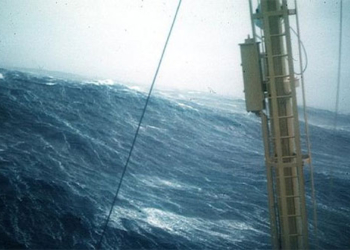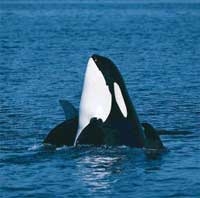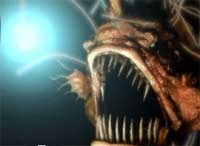Scientists were astonished to discover a species of clam, known only from a 28,000-year-old fossil, suddenly appearing and thriving along the coast of California, USA.
According to Sciencealert, this clam species is called Cymatioa cooki, first discovered by marine ecologist Jeff Goddard from the University of California, Santa Barbara, during a coastal survey in 2018.
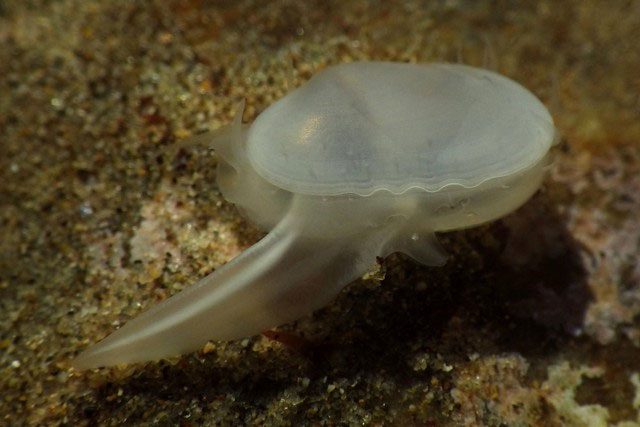
Image of a Cymatioa cooki clam discovered by marine ecologist Jeff Goddard (University of California, Santa Barbara) – (Photo: Valentich-Scott).
While searching the coastline for sea slugs and other invertebrates for research, Jeff Goddard stumbled upon “two strange white spots.”
“They were only 10 millimeters long, nothing remarkable at first, but when they extended their bodies and began waving their longer, bright white legs, I realized I had never seen this species before,” Jeff Goddard recalled.
Goddard took several photographs and sent them to Paul Valentich-Scott, a mollusk expert at the Santa Barbara Museum of Natural History. However, even Valentich-Scott could not identify the clam species. They needed another specimen.
But when Goddard returned to the beach, the clams had vanished. It took several months and numerous low tides before Goddard finally caught another small clam.
For many years afterward, they still could not determine what species of clam this was.
The mystery of this new organism drove scientists to continue their search.
They traced all scientific literature from 1758 to the present. During this in-depth search, scientists found an illustration of a fossil clam drawn in 1937 that looked exactly like the clam they had captured.
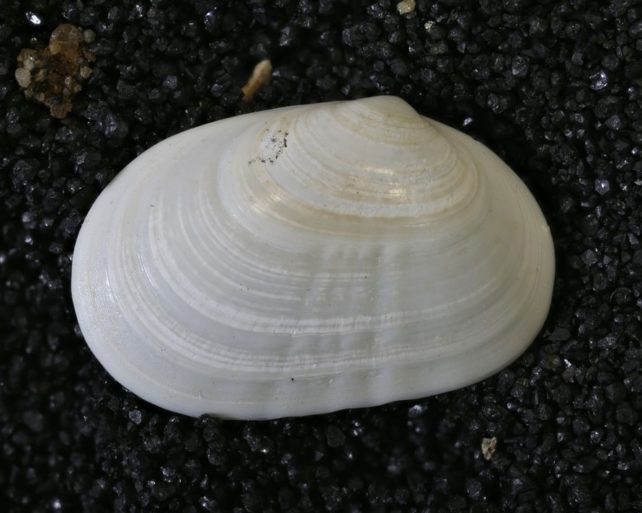
This is the fossil specimen of Cymatioa cooki recorded in 1937 – (Photo: Valentich-Scott)
A woman living in Baldwin Hills, Los Angeles at that time, named Edna Cook, had illustrated the specimen, which scientists classified as Bornia cooki (the genus name has since been changed to Cymatioa). This archaeological specimen dates back 28,000 to 36,000 years, corresponding to the late Pleistocene epoch when sea levels were much lower.
When Valentich-Scott compared the actual museum specimen with the 1937 fossil drawing, he recognized a perfect match. This was the same clam species that marine ecologist Goddard had found at Point Napoli, right along the Santa Barbara coastline.
“Finding a species thought to be extinct, known only from the fossil record, still alive and thriving is not common, especially in a well-studied area like Southern California,” Jeff Goddard stated.
In a recent publication in the journal ZooKeys, scientists noted that no one really understands the habitat of these clams or why they disappeared from California only to reappear.
One hypothesis suggests that these “living fossils” have only recently returned to the area. They may move around in their larval form, depending on sea temperature.








































